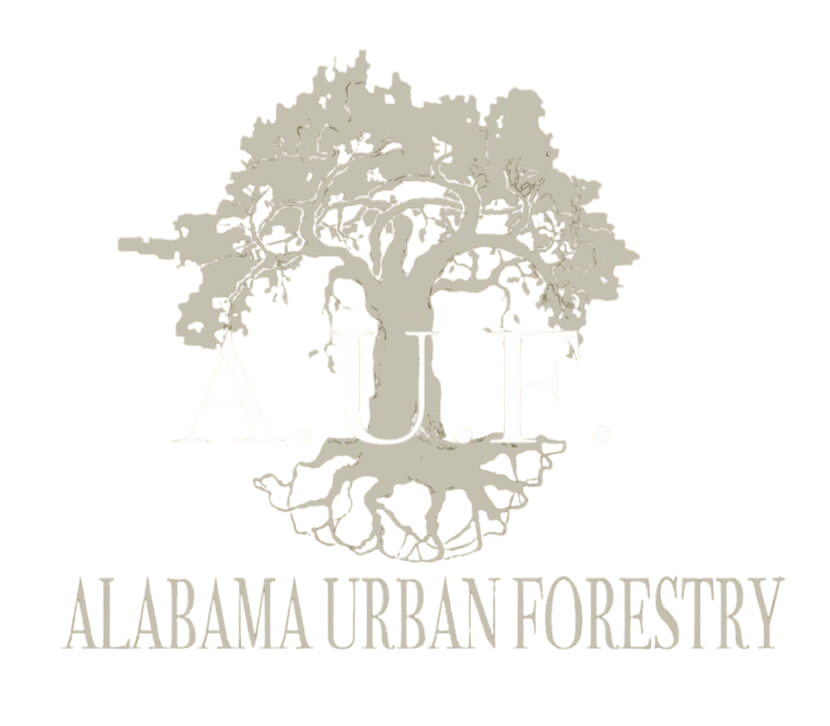Planning for Tree Planting in Alabaster, Alabama: A Step-by-Step Guide
When it comes to enhancing the beauty and sustainability of urban areas, tree planting plays a crucial role. Alabaster, Alabama, located just 30 minutes south of Birmingham, is a thriving city with a growing population and a strong commitment to environmental preservation. If you’re considering planting trees in Alabaster, it’s essential to have a well-thought-out plan to ensure the success and longevity of the trees. In this step-by-step guide, we’ll walk you through the process of planning for tree planting in Alabaster, Alabama.
Step 1: Assess the Site
Before embarking on a tree planting project, it’s important to assess the site where the trees will be planted. Consider factors such as soil quality, sunlight exposure, and existing infrastructure. In Alabaster, neighborhoods like Weatherly and Navajo Hills offer potential locations for tree planting projects. Understanding the unique characteristics of the site will help you select the right tree species and determine the best planting methods.
Step 2: Select Suitable Tree Species
Choosing the right tree species is crucial for the success of your planting project. In Alabaster, native species like Southern Magnolia, Red Maple, and Flowering Dogwood thrive in the local climate and soil conditions. Additionally, consider the size and growth habits of the trees to ensure they are compatible with the site and surrounding infrastructure. By selecting suitable tree species, you can promote biodiversity and create a visually appealing urban environment.
Step 3: Obtain Necessary Permits
Before initiating any tree planting activities in Alabaster, it’s important to obtain the necessary permits and approvals. Contact the local municipal authorities or the Alabama Urban Forestry Service to ensure compliance with regulations and guidelines. This step is essential to avoid any legal issues and ensure that your tree planting project aligns with the city’s urban forestry goals.
Step 4: Plan for Maintenance
Once the trees are planted, it’s crucial to plan for their ongoing maintenance. This includes watering, mulching, and regular inspections to monitor the health and growth of the trees. In Alabaster, communities like Siluria and Saginaw can benefit from well-maintained trees that contribute to a vibrant and sustainable urban landscape. Consider organizing volunteer events or involving local community groups to support the maintenance efforts and foster a sense of ownership among residents.
Step 5: Celebrate and Educate
Finally, don’t forget to celebrate the success of your tree planting project and educate the community about the benefits of urban forestry. Host a tree planting ceremony or organize educational workshops to raise awareness about the importance of trees in urban environments. By engaging the community, you can inspire a culture of environmental stewardship and encourage active participation in future tree planting initiatives.
In conclusion, planning for tree planting in Alabaster, Alabama requires careful consideration of the site, tree species selection, permits, maintenance, and community engagement. By following this step-by-step guide, you can contribute to the enhancement of Alabaster’s urban forest and create a greener, healthier, and more vibrant city for current and future generations.
For more information on tree planting and urban forestry in Alabaster and other cities within 40 miles of Birmingham, Alabama, visit the Alabama Urban Forestry Service website. Stay tuned for more informative blog posts on tree planting and environmental conservation initiatives in our local communities.

